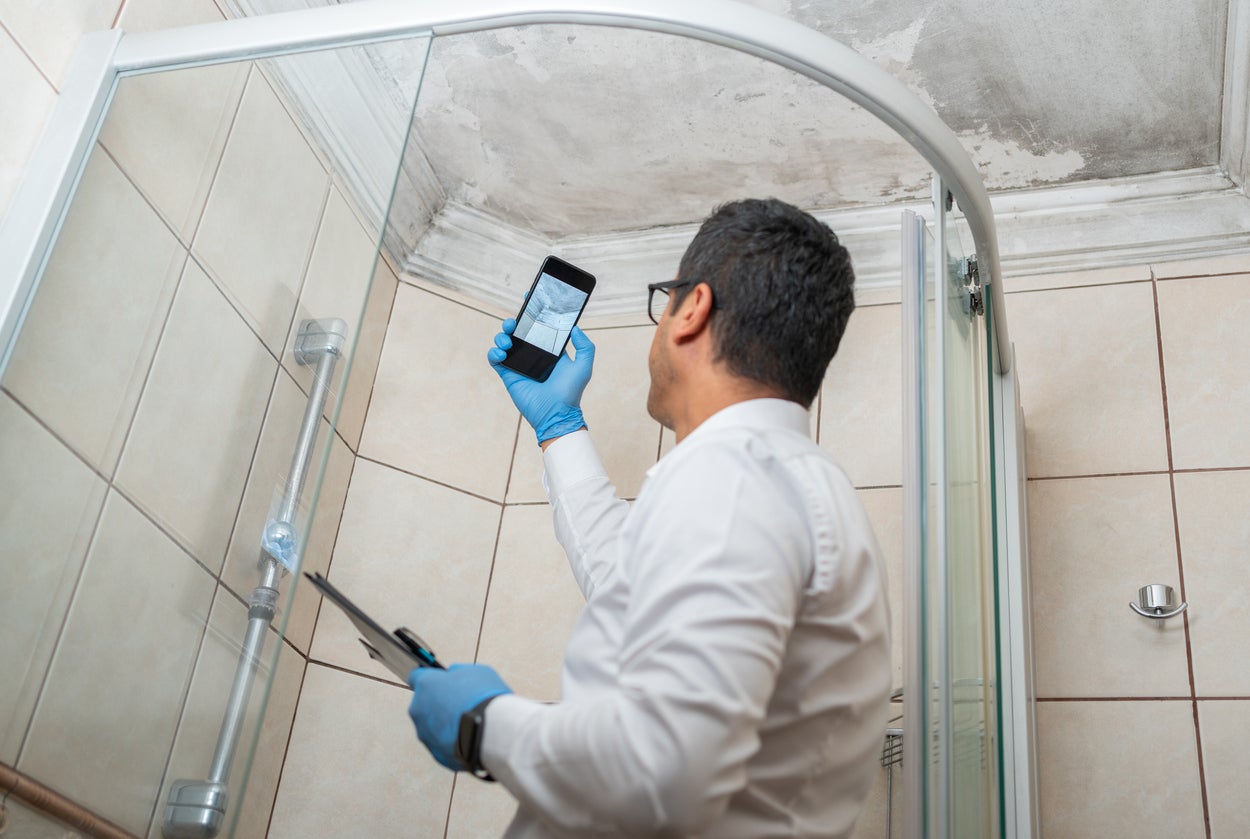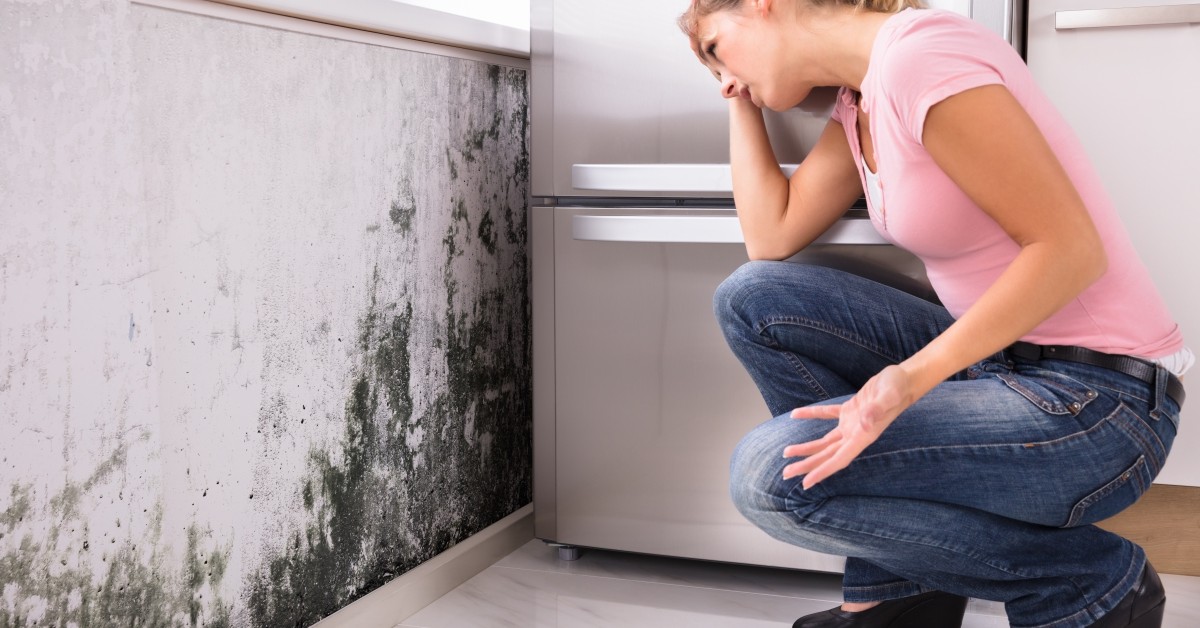Effective Blog Post Mold Removal Solutions for Your Home
Mold and mildew development in homes can be a relentless problem, frequently requiring a methodical strategy for efficient post-remediation remedies. From recognizing the factors that add to mold development to implementing correct cleansing methods and wetness control measures, the process can be intricate yet vital for keeping a healthy and balanced living setting. In addition, checking out all-natural removal remedies and establishing a routine for continuous upkeep are vital parts of a comprehensive mold and mildew remediation method. As property owners make every effort to resolve mold concerns, discovering the most efficient options ends up being vital for the well-being of their families.
Understanding Mold And Mildew Development Factors
Mold and mildew development is influenced by a variety of variables that are essential to understand in order to effectively address and prevent its expansion. Understanding these variables is necessary in implementing effective mold removal methods. The primary factor adding to mold and mildew growth is moisture. Mold and mildew spores require dampness to germinate and grow, making moist or damp environments highly at risk to mold and mildew problems. Poor air flow can additionally bring about moisture accumulation, creating an ideal breeding place for mold and mildew.

Furthermore, airflow and light direct exposure can influence mold and mildew development. Locations that do not have proper ventilation and natural light are much more susceptible to mold development. By attending to these elements adequately, people can efficiently alleviate mold and mildew development and guard their living environments.
Correct Mold Cleaning Techniques
Making use of reliable cleaning techniques is essential in stopping the recurrence and resolving of mold contamination in indoor atmospheres. When handling mold and mildew, it is vital to prioritize security by wearing protective gear such as handwear covers, masks, and safety glasses. The initial step in correct mold cleansing is to contain the afflicted area to stop the spread of spores to unpolluted locations. This can be achieved by sealing the room and using air scrubbers or unfavorable air equipments to keep air high quality.

Applying Wetness Control Measures
To efficiently stop mold and mildew development and contamination in interior settings, executing wetness control actions is vital. Dampness is the key aspect that fuels mold advancement, making it critical to handle moisture degrees within the home. One effective step is to use dehumidifiers to keep interior moisture degrees below 60%. Furthermore, ensuring proper air flow in areas susceptible to moisture accumulation, such as shower rooms and cooking areas, can help lower the risk of mold growth. Consistently checking and repairing any type of leakages in plumbing, roof coverings, or home windows is additionally essential in preventing excess wetness accumulation. Using exhaust fans while cooking or showering, and allowing air blood circulation by maintaining furniture a little far from wall surfaces can assist in dampness control. Using moisture-resistant products in high-humidity locations, such as mold-resistant drywall and paints, can be useful. By vigilantly implementing these wetness control procedures, home owners can efficiently reduce the probability of mold and mildew recontamination and preserve a healthy interior setting.
Utilizing Natural Removal Solutions
After effectively executing moisture control procedures to avoid mold and mildew growth in indoor atmospheres, house owners can currently discover the effectiveness of natural remediation options in preserving a healthy space. Natural remediation remedies make use of eco friendly techniques to battle mold and mildew, making them a popular option for those looking for safe options. One such service is making use of vinegar, an all-natural antimicrobial agent, to tidy and disinfect surface areas polluted by mold. Just thin down vinegar with water and spray it onto the influenced areas, allowing it to sit for a few hours prior to wiping clean. Additionally, tea tree oil, recognized for its antifungal residential properties, can be combined with water and splashed onto mold-infested surfaces to inhibit additional development. Another natural choice is hydrogen peroxide, which can successfully kill mold on various surfaces without leaving damaging residues behind. By incorporating these natural remediation services into their cleansing regimens, house owners can properly battle mold and mildew growth while advertising a healthier interior environment for themselves and their households.

Keeping a Mold-Free Atmosphere
In order to protect against mold and mildew reoccurrence and make sure a continually mold-free atmosphere, it is essential for home owners special info to carry out positive upkeep methods. On a regular basis inspecting locations prone to mold development, such as shower rooms, basements, attic rooms, and kitchens, is essential. Addressing any leaks, water damage, or excess dampness promptly can considerably decrease the danger of mold and mildew development. After mold remediation. Correct air flow in areas with high humidity degrees is additionally vital to avoid mold growth. Using dehumidifiers or exhaust fans can help preserve optimum dampness degrees and dissuade mold spores from prospering.
Furthermore, maintaining cleanliness in the home is crucial for mold prevention. Maintaining indoor plants in check and making certain appropriate water drainage in outdoor landscape design can minimize moisture check my blog build-up, minimizing the chance of mold and mildew problems.
Conclusion
To conclude, it is important to attend to mold development factors, use appropriate cleansing methods, execute wetness control steps, use natural removal services, and keep a mold-free atmosphere in order to properly manage article mold removal in your house - Post Mold Remediation. By complying with these approaches, you can prevent mold and mildew from reoccuring and ensure a healthy and balanced living atmosphere for you and your household
The main factor contributing to mold growth is dampness. Mold and mildew spores need dampness to germinate and prosper, making humid or damp atmospheres highly prone to remove mold and mildew stains mold and mildew problems.To effectively protect against mold and mildew development and contamination in interior environments, executing moisture control steps is vital. In addition, making certain proper air flow in locations vulnerable to moisture accumulation, such as washrooms and kitchen areas, can help decrease the risk of mold growth.After efficiently applying wetness control actions to stop mold and mildew growth in interior atmospheres, house owners can now check out the effectiveness of all-natural remediation solutions in maintaining a healthy and balanced living area.
Comments on “Testing Air Quality After Mold Remediation”